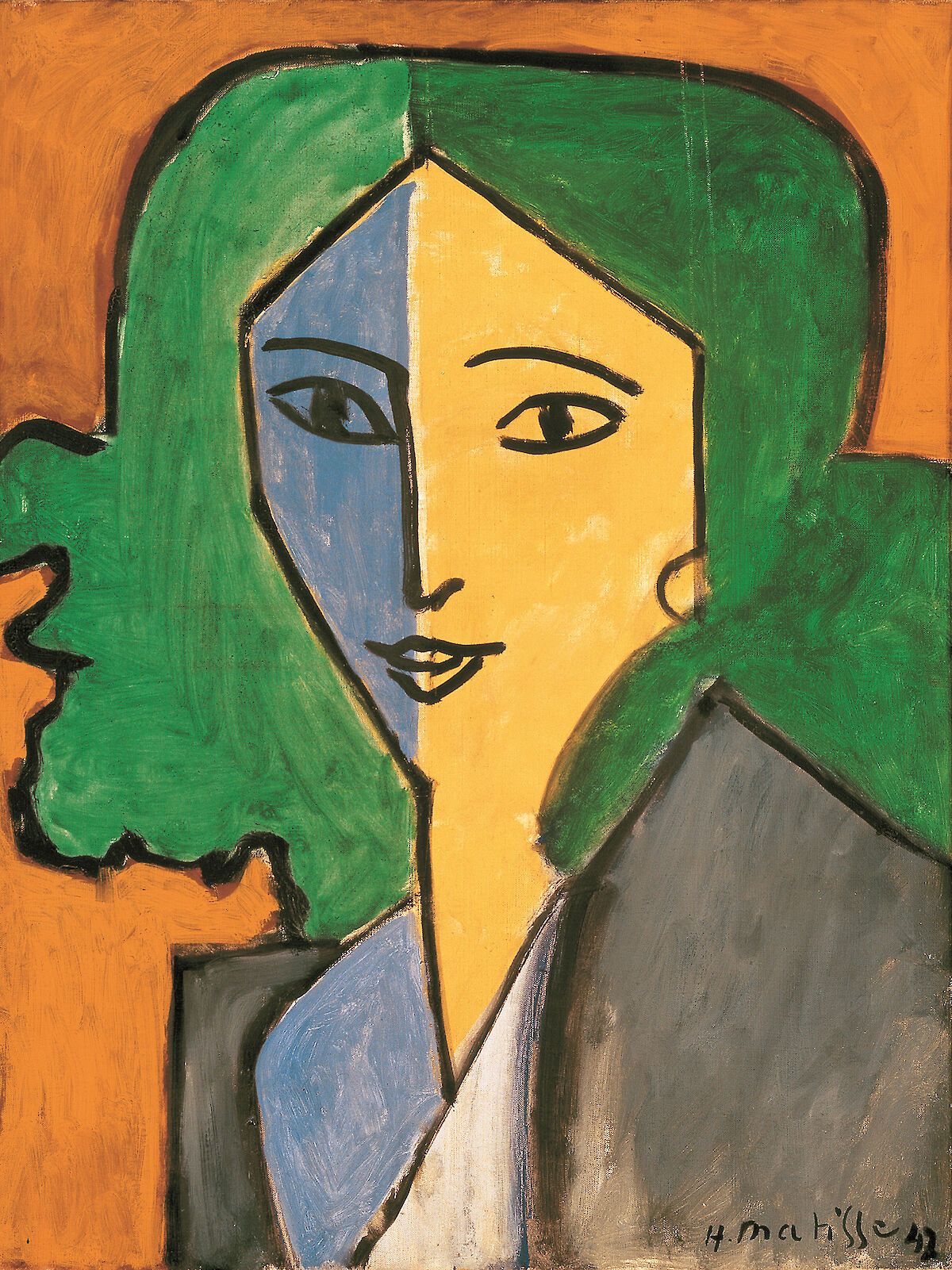
Rembrandt’s ‘Self Portrait at the Age of 63 ‘(1669) This ageing face was to become the focus of some 20 self-portraits that Rembrandt produced from now until his death in 1669. The familiar furrow between the eyes has deepened, the jowls have sagged, the flesh has developed a lumpier quality and the line of the lips seems weaker. But, over the previous 10 years, the loss of Saskia and mounting financial problems have taken a visible toll. He has fallen in love again – this time with his housekeeper Hendrickje, 20 years his junior. Standing in his artist’s smock, hands on hips, thumbs tucked into his belt and facing directly towards us, Rembrandt seems like a man who has come through. Then, suddenly, in 1652, a new face emerges. Even more tellingly (with the possible exception of one undated self-portrait), he didn’t paint himself again for another decade. For about two years, Rembrandt almost stopped painting. Yet in that same year came a crushing blow: Saskia died. Rembrandt’s, ‘Self-Portrait in a Cap, Open-Mouthed’ a 1630 etching.īy then, he was considered one of the greatest painters of his age and, in 1642, he completed his most famous painting, The Night Watch. In 1641, they had a healthy son, Titus, and had bought an imposing merchant’s house where Rem-brandt was running a successful studio. Judging from the many portraits he made of her, however, it’s clear that his relationship with Saskia was a deep one and that, for a time, things were going well. But it may have been rather more staged than this, conceived as an allegory illustrating the traditional proverb that marital love inspires art. Meanwhile, an etching of 1636, depicting him at work on a drawing as Saskia watches, seems to be a particularly poignant, spontaneous tribute to his wife. Even more tellingly (with the possible exception of one undated self-portrait), he didn’t paint himself again for another decade.” “For about two years, Rembrandt almost stopped painting. There were certainly dark moments for Rembrandt then: he and Saskia had lost their first son and, most recently, their daughter in early infancy. The picture is many things, including a still life and a mediation on death. If it is him, does that make it a self-portrait? It may be a portrait of a rich young huntsman displaying his prize, but many have seen a clear resemblance to Rembrandt himself. The light falls on the downy underside of the bird and catches the delicate patterns of the wing feathers, but the young man’s face is mostly in deep shadow. One very distinctive painting, made in 1639, shows a man holding up a dead bittern. Rembrandt’s motives aren’t always so clear, however. This practice, unheard of before in Dutch painting, emulated the most celebrated of the Italian masters – Leonardo, Raphael, Michelangelo and Titian. From very early on, when he was only 26, he had started using only his Christian name – Rembrandt. It was a claim reinforced by the way he signed his own paintings. Without a trace of self doubt, Rembrandt was staking a claim for himself as the natural heir to three of the greatest painters of the Italian Renaissance. There are echoes both of a famous self-portrait by Dürer (1498) and a portrait by Raphael (before 1516) – all these paintings were in Amsterdam at about this time.


He has derived the pose from a portrait by Titian (about 1512), which was thought at the time to depict the Renaissance poet Ludovico Ariosto. One of the most famous, dated 1640, shows him looking confident and slightly aloof, resting his arm on a stone parapet. These show a man who had become much more concerned with projecting a particular professional image of himself. “Without a trace of self doubt, Rembrandt was staking a claim for himself as the natural heir to three of the greatest painters of the Italian Renaissance”Īnother burst of painted self-portraits followed in the later 1630s and early 1640s. His own face was simply a model he didn’t have to pay for and he used it for other artistic experiments, too.įor example, during these early years, Rembrandt produced a whole series of etchings of himself striking different attitudes and expressions – surprise, fear, laughter – as he both practised his technique and studied the way emotions change the look of a face. Yet although we can recognise his features, Rembrandt was clearly not so interested in depicting himself as in experimenting with light effects. Rembrandt’s ‘Self Portrait at an Early Age’ of 1629. Country Life's Top 100 architects, builders, designers and gardeners.


 0 kommentar(er)
0 kommentar(er)
